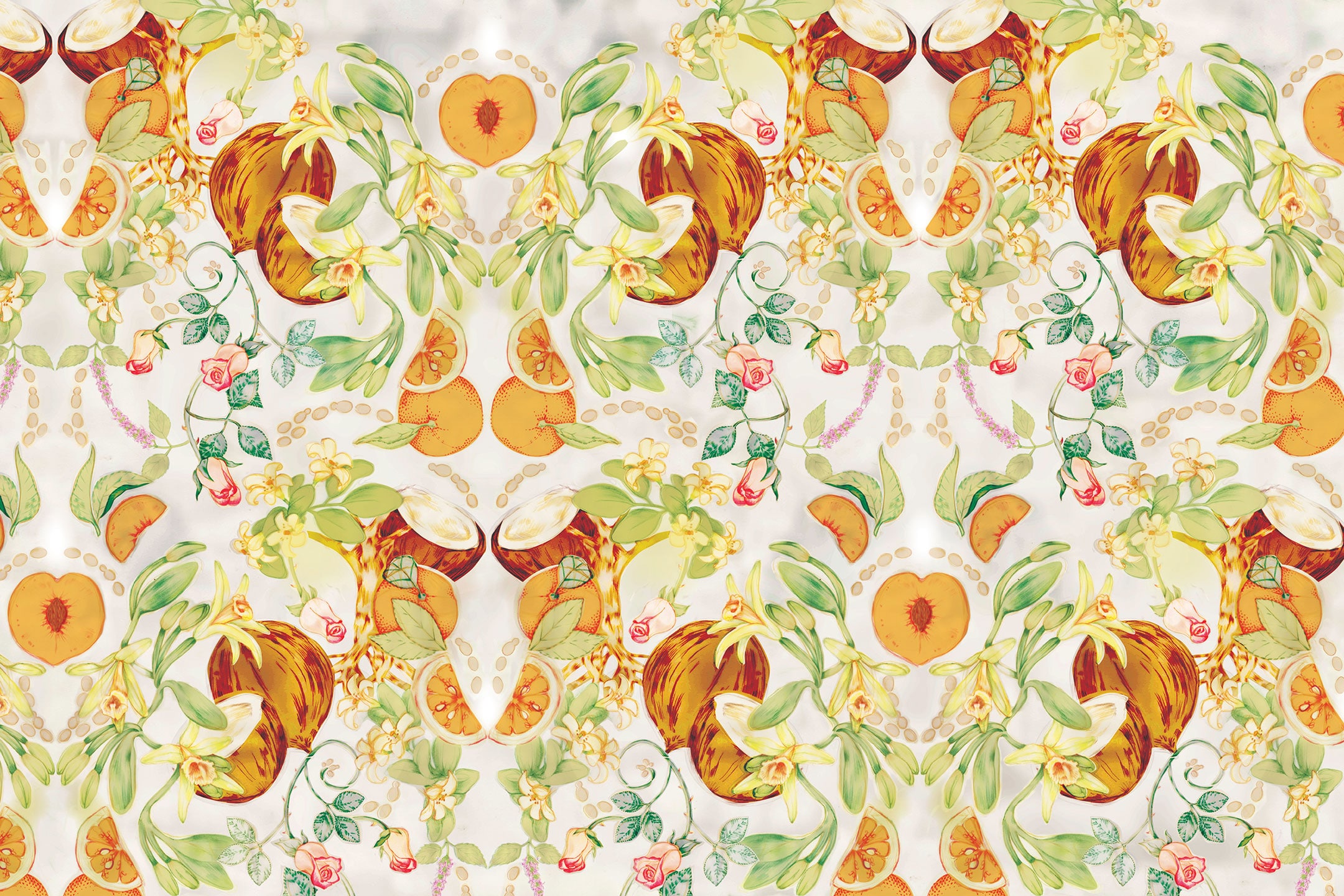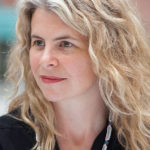
Photo courtesy of Pexels
Artist Karen Ingram felt overwhelmed when she first began taking on projects in biology while working in marketing. It started in 2012 when she co-curated and organized the Empiricist League, a New York speaker series designed to show the accessibility and entertainment of scientific topics. Today Ingram is an independent creative director who’s interested in science communications and has learned to feel comfortable in the “In-between” of industries. In fact, she recommends it.
Ingram says more collaboration between disciplines and more community involvement are key to building a sustainable future. “I think this is beginning to happen, though, and I find it very exciting. It’s important innovators consider stakeholders early on.”

Art meets biology in the work of Karen Ingram.
The key, she says, is for people and nature to work together to create more closed loop systems. She says companies need to engineer with life to collaborate productively with humans, citing those like Ginkgo Bioworks and MicroByre as two on the forefront. “More consideration toward global warming and sustainability practices that align with that are needed,” she says. “I live in a coastal community and I could go through a long list of issues that exist—from trampling the ecosystem, flooding, litter, and so on.”
How might biology impact the built environment in the real world, you ask? Ingram says mushrooms, yeast, bacteria, and more will be the industry’s building blocks to create truly renewable materials. “This is already beginning to exist, for example, with concrete that can heal itself at a company in North Carolina called BioMASON. There’s also a company called Ecovative that works with mushrooms to make an array of materials.”
We recently talked with Ingram more about the possibilities in the built environment and beyond—and how collaboration can save us all.

Karen Ingram’s work meets at the intersection of art and biology.
Don’t be scared to change paths. Moving into the biology community with a fine arts background was daunting for Karen at first, but she soon felt more comfortable after attending research conferences, taking notes, and asking questions. “There are lots of opportunities for people to go in and tinker with cutting edge science—safely tinker with it—and understand that it’s not as scary as a lot of headlines would lead you to think.”
We have more similarities than differences. The goal of Ideation to Actuality is to create new techniques for creative and scientific fields to collaborate. The subject matter divide is the main roadblock to conversation. “I do think that, in lots of cases, they really aren’t that different. It’s a problem-solving process for both arenas. It’s just a matter of how you go through that process … I feel like creativity is coming into play more and more with institutions that are involved with the scientists. Lots of scientists are creative anyway.”

Ideation to Actuality is a volunteer research study that looked at the process by which Creative and STEM professionals develop, implement, and communicate their ideas. Courtesy of Karen Ingram
Bring what you know. Karen can’t help but bring art into her work with her digital design and advertising background. While producing Ideation to Actuality, her research teammate headed up the surveys while Karen led in displaying and visually comparing the information. “Once you decide you’re going to collaborate with someone, [it’s] taking a look at how you do things and where you pick up with your strengths and share with the other person.”
Admit what you don’t know. Karen was equal parts excited and terrified when an MIT professor—who led a lab Karen sat in on in 2013—asked her to create a graphic for BioBuilder. “I was like, ‘I’m not a biologist.’” It was a time-intensive process to understand the scientific information behind her first diagram. “What I learned from actually working with them is you don’t have to be an expert from Day One. I learned I could work on this project with them and bring my expertise to it, which they valued and appreciated, but I didn’t have to know every single thing they knew. The nature of true collaboration is that they understand you all have different strengths, and you’re able to work with each other.”
No one is truly an expert. “I feel like a lot of times researchers themselves who are in those specific fields don’t necessarily understand all of what’s being said either. That was enlightening. It made me feel a little less crazy.”

Courtesy of Karen Ingram
Independent Creative Director Karen Ingram has designed visuals for BioBuilder—an MIT professor’s book on biology curriculum—and started Ideation to Actuality, a study comparing the communication and idea developments of creatives and STEM professionals.
